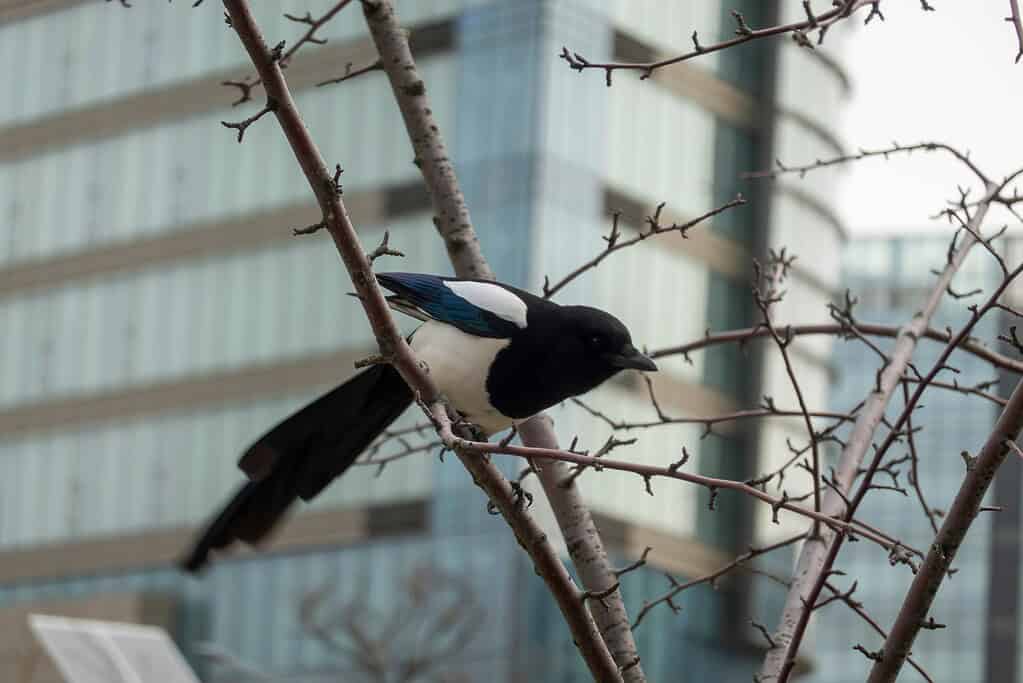Cities are strange ecosystems. For most creatures, they’re harsh, unforgiving places. But some have managed to not just survive, but even thrive in urban environments. That said, even those that succeed often have to adapt — sometimes in surprising ways.
According to a new study, bird species that do well in cities tend to have brighter and more vibrant plumage colors. The exact reason why isn’t fully understood, but it likely ties into how city life shapes animal behavior and appearance.
“Our findings suggest that plumage colours are part of an urban-associated syndrome,” the researchers note.

Plumage color serves several functions — one of the key ones being thermoregulation. Darker feathers absorb more heat, which can be advantageous in cooler environments but problematic in hotter ones. Feather color also plays a role in mate selection, competition, and camouflage. Urban environments disrupt all of these factors.
Cities are warmer (thanks to the urban heat island effect), filled with artificial lighting, and feature greyscapes that differ sharply from natural habitats. So, it makes a lot of sense for birds to change color in response.
In the study, researchers drew information from over 1200 bird species, showing how urbanization changes feather colors.
“Brown shades are more common in natural environments than in cities. We suspect that brown birds are at a disadvantage in a rather gray city. The predominant colors of a city and the lack of suitable habitats can therefore determine which bird species are successful there,” explains Kaspar Delhey, one of the two lead authors of the study.

Interestingly, the more successful urban bird species tend to have more elaborate coloration — especially among females. That suggests the change isn’t just about mating. Instead, the researchers propose it’s linked to predation: in cities, where there are fewer predators, birds may get away with flashier plumage.
The study made another surprising finding: birds in cities are actually surprisingly diverse. Intuitively, you’d expect birds in cities to be more similar to one another; this was also suggested by previous studies. However, the opposite is true.
“There are fewer species in urban areas than in rural areas. When we take this into account, the bird communities in cities actually have greater color diversity,” says Juan Diego Ibáñez-Álamo, first author of the study.
So, despite the challenges cities pose, they also create strange new niches — ones where some birds not only survive but evolve in vivid, unexpected ways.
Journal Reference: Juan Diego Ibáñez‐Álamo et al, Colourful Urban Birds: Bird Species Successful in Urban Environments Have More Elaborate Colours and Less Brown, Ecology Letters (2025). DOI: 10.1111/ele.70106









